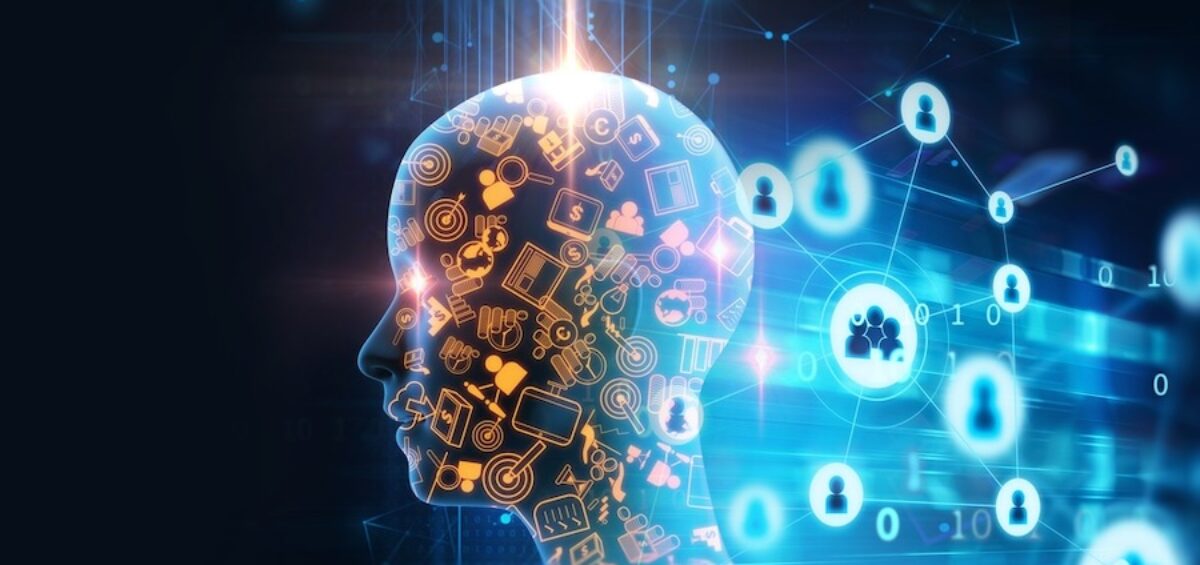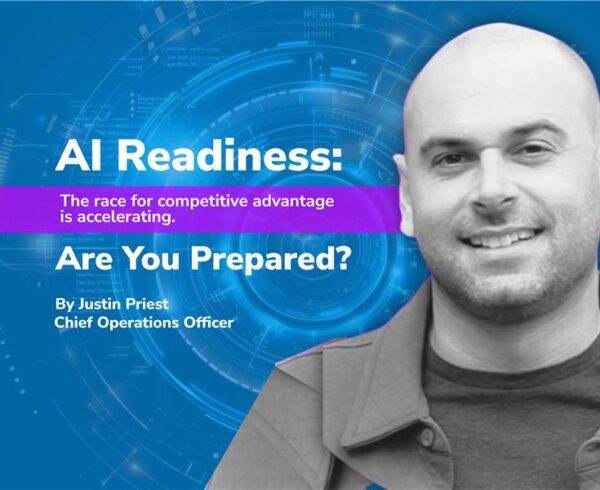Hiring for roles that didn’t exist five years ago is now a reality, not a rarity. AI has fundamentally altered the landscape of work, and with it, the way we think about talent. The question isn’t whether you can find someone with the right keywords on a resume. The real challenge is whether your hiring model can keep pace with skills and roles that are emerging faster than job descriptions can be written.
From Pedigree to Potential
For decades, recruiting has rewarded past achievements, such as a degree from a top university, tenure at a prestigious employer, or mastery of certain tools. But in an AI-driven environment, what matters most isn’t what someone has already done, it’s what they can become. The real differentiator in hiring today is adaptability.
The ability to learn new technologies quickly, transfer expertise across different contexts, and embrace disruption as an opportunity for growth are critical traits for the future workforce. According to the World Economic Forum, 44% of core skills are expected to change within the next five years. That’s nearly half of the workforce needing a new toolkit, which means hiring leaders must shift their focus to potential rather than past pedigree.
Why Learning Velocity Matters
To thrive in today’s fast-paced environment, companies need to move beyond resumes as static records of the past. Instead, hiring models should assess learning velocity which is the ability to adapt quickly and evolve with new technologies and workflows. This capability will become the cornerstone of successful recruitment, especially as AI continues to disrupt industries and job functions.
Rather than simply hiring based on past achievements, companies should focus on how quickly a candidate can learn and apply new skills. Can this candidate pick up new technologies quickly? Can they transfer expertise from one context to another? Can they see opportunities in disruption rather than threats? Those are the traits that will matter. Those who can embrace change, see it as an opportunity, and contribute to the organization’s evolution will be the best fit for roles that didn’t exist just a few years ago.
How AI Is Changing Recruiting
AI isn’t just reshaping the jobs we hire for — it’s reshaping the hiring process itself. Many companies are already using AI to: to draft postings, screen resumes, and even predict candidate success. For IT leaders, this shift in recruiting has huge implications.
AI can streamline time-consuming processes, allowing recruitment teams to focus on what truly matters: assessing judgment, problem-solving abilities, and cultural alignment. Instead of focusing on repetitive administrative tasks, recruiters can use AI to identify top candidates, while using their expertise to evaluate softer skills that are critical for long-term success in tech.
AI should be seen as a tool that augments human intelligence, not replaces it. With AI handling the initial stages of recruitment, IT leaders can ensure that human judgment continues to drive decisions around cultural fit, collaboration, and potential for growth.
Building Teams for the Future
As AI automates routine tasks, the talent you hire must be capable of integrating AI’s output into broader business strategies. In IT, it’s no longer enough to hire engineers or analysts who can just manage systems. The future workforce needs to be able to see beyond the technical aspects and focus on business outcomes.
Organizations need:
-
- Strategists who can interpret AI outputs and align them with business goals
-
- Integrators who can work across teams to ensure seamless technology adoption
-
- Collaborators who can bridge the gap between data, technology, and decision-making
The ability to think critically about how AI integrates into a broader strategy will be the differentiator for successful IT leaders. These roles are about more than just technical know-how. They are about driving business value and leading organizational transformation through AI adoption.
Adapting to Evolving Roles
The companies that succeed will stop hiring for static lists of qualifications and start hiring for adaptability. They’ll recognize the importance of finding candidates who can grow into roles that may not exist, while focusing on building teams where humans and AI work side by side.
For IT leaders, this shift is critical. The future of your teams will not be about filling today’s roles but about ensuring your hires have the potential to evolve with the fast-paced, technology-driven changes that are on the horizon. The World Economic Forum projects that by 2030, 39% of workers’ current skills will either be transformed or become obsolete. Recruiting is no longer about finding someone who fits the job as it is today; it’s about identifying candidates who can grow with the job as it evolves tomorrow.






